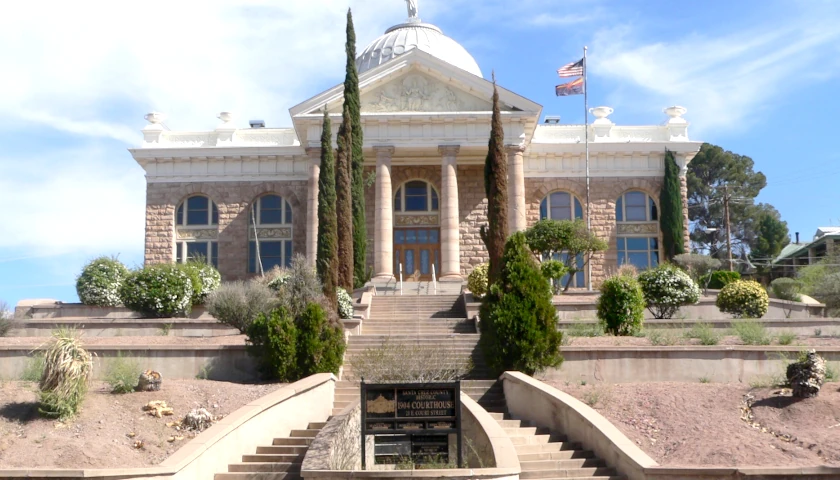Arizona Superintendent of Public Instruction Tom Horne (R) released a study Tuesday demonstrating that school districts that put a higher percentage of their budget into the classroom and teacher salaries perform better academically.
“No school can be better than the quality of the teachers in the classroom,” Horne stated. “The surrounding states pay more, and we lose good teachers to those states. We cannot afford to let this go on.”
Superintendent Horne is committed to getting more money to Arizona classrooms because data shows more money in the classroom improves student performance. #EducationForAll pic.twitter.com/1DrhSzrUuF
— Arizona Department of Education (@azedschools) March 28, 2023
For Horne’s study, he surveyed school districts across the state ranging from small to large and found the percentage of students passing math and English in schools within those districts. Horne then took the instructional spending percentage (ISP) from those schools. Instructional spending includes teacher salaries, classroom aids, supplies, and activities. Across every district, no matter its size, Horne’s study showed that, across the board, schools with a larger ISP also saw a greater percentage of students passing.
To provide more spending to Arizona’s classrooms, Horne urged the State Legislature to pass House Bill (HB) 2800, sponsored by State Representative Matt Gress (R-Phoenix). Should the bill, known as the “Pay Teachers First Plan,” become law, it would require schools to give a flat pay increase to teachers, starting with $5,000 above base salary in Fiscal Year (FY) 2024 and doubling to $10,000 in FY 2025. The legislation also establishes the Pay Teachers First Fund, which the Arizona Department of Education (ADE) can use to provide money to schools that need it to give the teachers the raise.
As a former teacher, Gress prioritized getting teachers more pay once he entered the legislature. However, it has not been all smooth sailing for his bill. While it passed the House Committee on Appropriations in February, it received pushback from Democrat members. State Representative Nancy Gutierrez (D-Tucson) stated that the bill leaves out other school staff, such as assistants or councilors, who she argued also deserve a raise. Moreover, State Representative Judy Schwiebert (D-Phoenix) said the increase would likely tip the aggregate expenditure limit, which limits how much schools may spend during a year unless altered by the State Legislature.
However, Horne expressed “profound shock” that Democrats would oppose a bill to raise teacher pay.
“If the public knew that a number of Democrats in the legislature, plus the leadership of the teacher’s union, opposed a $10,000 raise for teachers simply because the proposal came from a Republican, they would also be profoundly shocked. We should not let partisanship interfere with the steps we need to take to increase the academic performance of Arizona students, which is my sole overriding goal,” Horne stated.
After passing the Appropriations Committee, HB 2800 is still in the State House, awaiting a floor vote. Most recently, it appeared before the House Committee of the Whole (COW), where Gress presented a floor amendment. The amendment states that the ADE must maintain a School Online Transparency Portal, which shows school district and charter school budgets, the number of full-time equivalent positions at each school, and the average salary for each position. The amendment also instructs each school district governing board, starting in July 2025, to adopt a long-term facilities plan that outlines facility improvements and maintenance. Additionally, HB 2533, sponsored by Representative John Gillette (R-Kingman), is named as a contingency bill that must also pass for HB 2800 to go into effect. Gillette’s bill requires transparency for the educational material being used in classrooms.
Schwiebert also introduced an amendment to the bill, which would have expanded which school employees could receive the raise, but it was ultimately shot down in the COW.
– – –
Neil Jones is a reporter for The Arizona Sun Times and The Star News Network. Follow Neil on Twitter. Email tips to [email protected].
Photo “Tom Horne” by Gage Skidmore. CC BY-SA 2.0.





